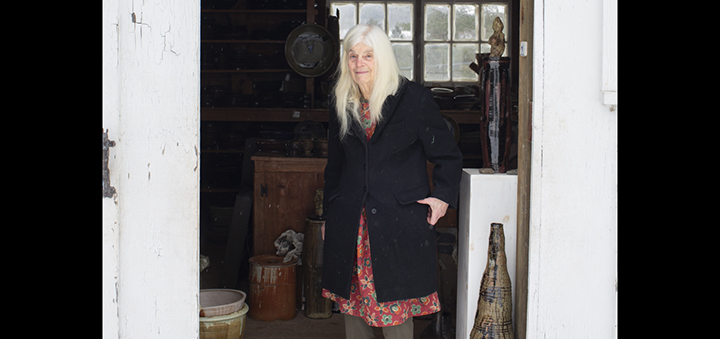Give Ice Fishing a Try
As the harsh reality that cold weather is here for the next few months sets in, some people find themselves beginning to get cabin fever from staying indoors too much. One way to combat the blues from being inside is to go ice fishing.
Ice fishing is not for everyone, as I have met plenty of people who refuse to step on a frozen body of water, but I find that once people try it out, they tend to like it. The key to trying ice fishing is to focus on comfort not necessarily catching fish.
If you are a new ice fisher, try to find a seasoned veteran who might be willing to show you the ropes and give you some insight to shorten the learning curve. Consider looking at online forums or social media pages. If you do not have any luck finding a mentor, approach other people who are out fishing when you are and try to talk to them. Do not expect them to tell you where their honey hole is but, ask questions about what equipment they are using or if the fish are shallow or deep.
Dress for the weather, pay attention to the wind forecast to know if you should bring head/face coverings. Keeping your feet warm is critical since you are literally standing on a giant ice block the entire time. Wool socks and well insulated boots can keep the ice from sapping the heat from your feet. You can also bring a small foam mat to put down as a layer of insulation between the ice and your feet. Wear your clothes in layers, with either wool or polyester clothing as the layer closest to your skin. Wool keeps its insulative properties if it gets wet from sweat and polyester wicks moisture away from the skin. Avoid cotton clothing for base layers. Layered clothing helps in case you move around the lake throughout your trip so you can shed layers when you get warm and then put clothing back on as you cool down.
Pack some food and drinks with you. In the cold temperatures, your body metabolism increases to burn calories to stay warm. In turn, you need to supply your body with more calories so that it can keep running. There seems to be something magical about drinking coffee or hot chocolate from a Thermos as its warm fills your stomach and the heat spreads throughout your body. When fishing with a group, bring a portable stove and cook food. Cooking breakfast sausage and then frying eggs in the leftover grease in the pan is one of my favorite ice fishing meals.
In terms of gear, the most basic equipment list is ice auger, ice scoop, bucket (which is flipped over and used as a seat), and ice fishing rod. Hand augers can be bought for under $100 and their blades can last for numerous seasons before needing to be resharpened or replaced. If focused more on catching panfish, an 18” light or ultra-light action jigging rod is ideal. Spool the reel with brightly colored line so that it is easier to see light movement in the line when a soft biting fish is trying to eat the jig. A sled is also handy for carrying your gear, so your hands are free. Having a small selection of jigs in different colors allows you to try different ones until you find one that the fish like. Tipping the jig with live bait, such as spikes or waxworms, is common when ice fishing as it adds better smell and action to the jig.
Fishing with tipups can be another good way to get introduced to ice fishing. A tipup is a reel setup so that when a fish bites and swims off with the bait, a flag raises up to tell you a fish is on. Generally, tipups work best for the more predatory species and are baited with live minnows or shiners. The drawback to tipups is that they can be expensive to purchase a set of 5 or more plus they must have the fisherman’s name and address labelled on them. However, sitting around talking while waiting for flags to go up can make the time pass easier than being isolated in a shanty.
So, if you find yourself bored or just looking for a new winter activity to try, consider giving ice fishing a try. It allows you to get outside to get fresh air while also giving you a chance to put food on the table if you want.













Comments